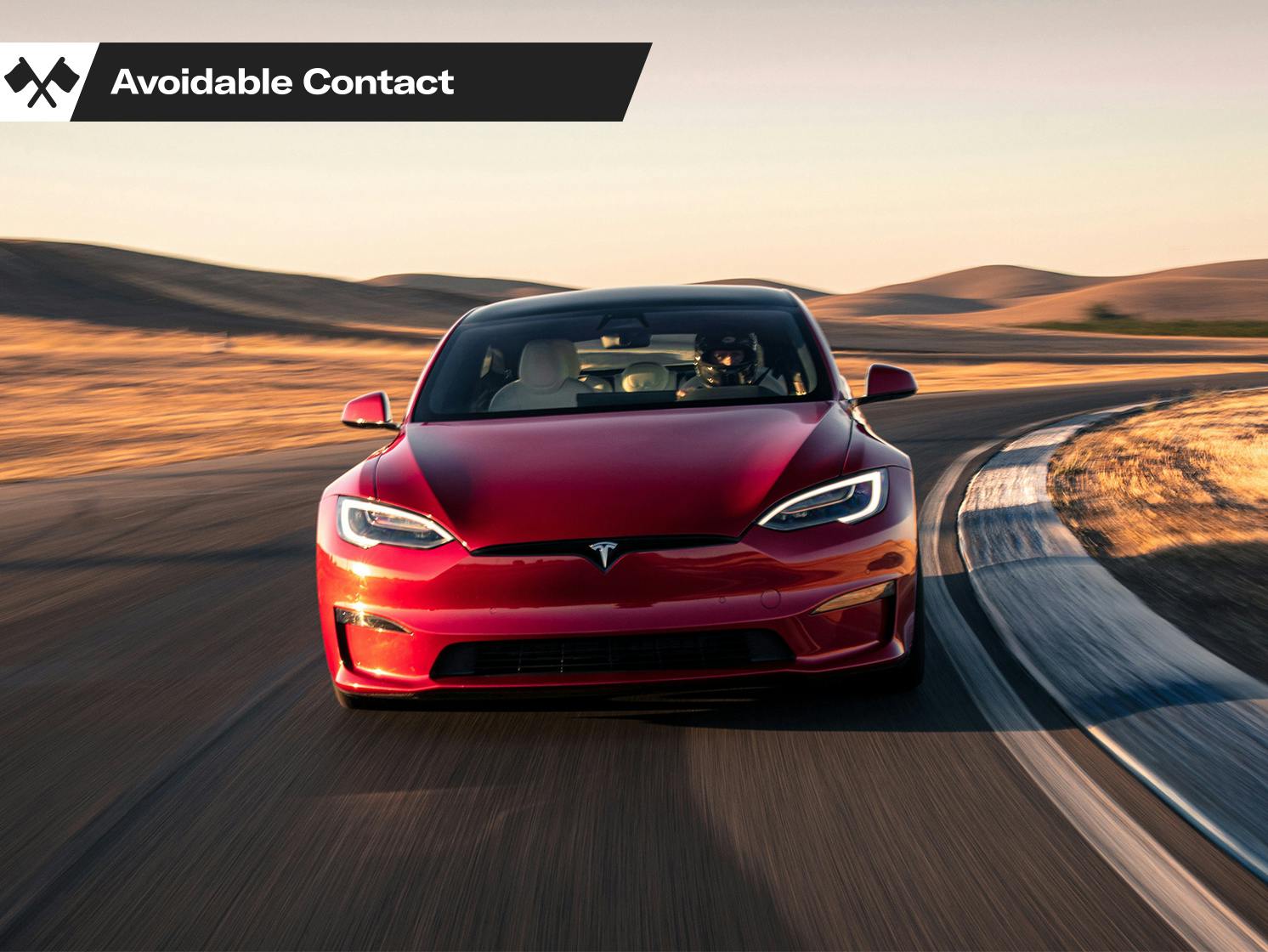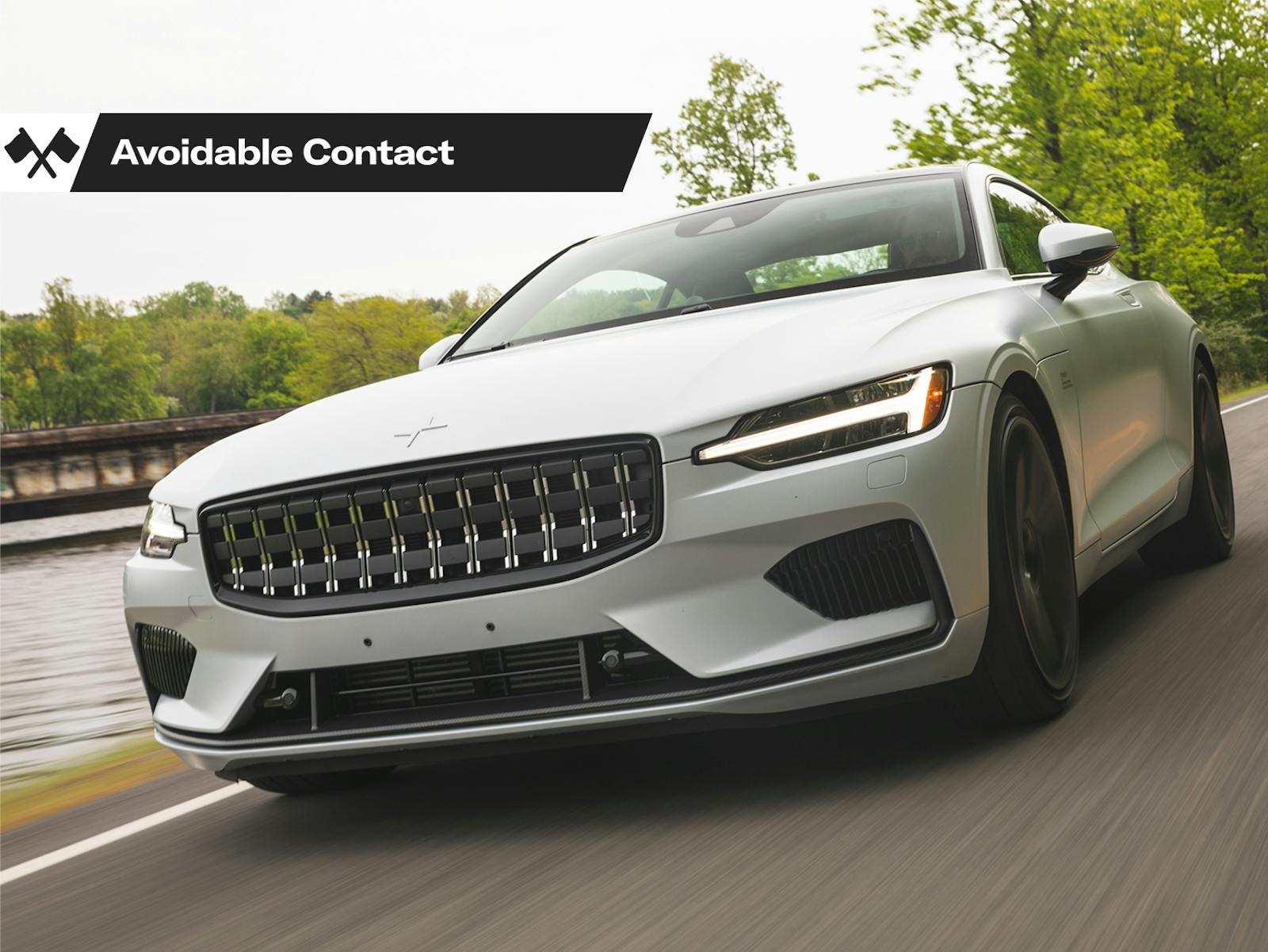Avoidable Contact #109: They paved the Sloan Plan, and put up a Supercharger lot

For me, it was the Signature Series shot heard ’round the world. For most of 1981, while America celebrated little things like being able to turn the thermostat up but well before the economic tide had actually started to turn for most people, my father drove an ’81 Buick Century Custom wagon as his company car while his business partner continued to steer a 1979 Oldsmobile Ninety-Eight Regency. At the end of that year, however, the two of them went nuts and bought a pair of ’82 Town Car Signatures, right off a dealer lot, almost on a whim.
Naturally, I was thrilled to see the Sky Blue behemoth post up in our driveway; from the “Premium Sound” knob to the dark-blue velour and the cut-crystal details of the front turn signals, I loved everything about that Lincoln. That being said, I was a little concerned about what the car represented. My friend Ronnie’s father had a Lincoln. Ronnie was rich. He had his own Atari 800. Did this mean that I would eventually get an Atari 800 of my own, thus freeing me from the drudgery of memorizing my programs and typing them in on my school’s TRS-80 Model II, only to see them vanish into the ether after being run because I didn’t own an 8-inch floppy disk on which to save them? Was my family now rich, or were we the same as before, only with a nicer car for some reason?
Those of my readers who haven’t yet seen a 40th birthday won’t quite understand why I was so confused, but the rest of you will. In an era when most people swapped cars every few years, and when the manufacturers diligently preserved what were called the “social distances” before that phrase was co-opted into something else entirely, it was often possible to accurately guess almost everything about someone from the car he (or she) drove. The parochial school I attended at the time served a combination of old money, new cash, professorial dignity, and the so-called “Titans” of Columbus, Ohio. Scott’s dad drove a Ford Maverick; he was just getting by, and Scott didn’t have his own bicycle. Tom’s father drove a Mercedes-Benz 300D; they were unfathomably rich, with a house that had an actual secret passage between rooms. Erin’s mom had a betrunked Saab 900; she was a lecturer at the university, and Erin’s plaid skirt was somehow nicer than everyone else’s.
Beyond the obvious large distinctions, there were smaller ones between cars, and people, everywhere you looked. Dad had a Century because he was the junior partner in his business. One of his top salesmen also had a Buick Century wagon, but it was a Limited, with a V-8 engine. I pestered the old man about this, until Dad explained: it was a perk for the fellow being so good at the job, and Dad permitted the embarrassing (to me) distinction between that flashy red wagon and his own demure ice-blue, vinyl-rear-seat version because it made his salesman happy. Similarly, the nice lady next door to us had a Ninety-Eight, but it wasn’t a Regency because she was old and cautious.
The arrival of identical Town Cars did, in fact, signify something serious: Dad and his partner were on equal footing now, and they were about to make a last-ditch attempt to expand the firm. That Town Car lasted five long years and over 100,000 miles before things changed for the better again, at which point my father did a surprising thing: he abandoned the domestic luxury ladder and bought a black stick-shift Nissan Maxima SE. I’d asked him to do it, but I didn’t think he was actually going to do it, if you understand me. From there there was a string of Bimmers and Jaguars, and eventually a Lexus. Dad always had his thumb on the pulse of what other people were thinking and doing. His two- and three-car fleets were a diorama of the social changes happening in the country. Infiniti to Range Rover to Audi and beyond in the 21st century.
By then, of course, I was making my own choices. One of them was to buy my own blue Lincoln in 2018, when my son was just a little older than I’d been at the arrival of Dad’s Town Car. My purchase did not keep the little sprog up at night, nor did he draw any particular conclusions from it. He knew my MKT Ecoboost Reserve Elite was nicer than his mother’s Honda CR-V EX-L, but the prestige or social impact of it never crossed his mind. He lives in a world where the messaging of the automobile has almost entirely collapsed. Some of his friends have parents with Civics, others ride to school in a BMW X7. It’s all the same to him.
“How do you know if your friends are rich or poor?”
“Well, the poor ones have Chromebooks. And some of their parents have Acuras, I guess.” Score minus-one for Honda’s ground-breaking four-decade experiment in upscale branding, am I right?
Of course, the social-economic-automotive ladder I describe from my Bee Gees-era youth was entirely artificial in origin, coming from the astounding mind of Alfred Sloan and copied everywhere by nearly everyone. The “Sloan Plan” created a world where there was a new car for (nearly) everyone, each one being delivered with a complete set of social signifiers as standard equipment. The advertising was always perfectly on-message, and it never forgot that the purpose of advertising is to invent desire, not satisfy it. As an example, I doubt that the Oldsmobile Toronado was a particular favorite of self-made, immensely handsome 35-year-old millionaires. I never saw anyone but an old codger behind the wheel of one. Yet the excitement of a Toronado was that you might be mistaken, at a distance, for that sort of fellow.
What killed the Sloan Plan? Part of it was societal. The coasts decided, with the help of the “buff books,” that American cars were beneath contempt, so they gravitated to a menagerie of foreign brands among which even the most feckless had a fighting chance; my father’s second choice behind that Maxima was a Peugeot 505 Turbo. It did a young up-and-comer no good to spring for the Ninety-Eight Regency over the plain Ninety-Eight if all The People Who Matter considered Oldsmobile ownership, in general, to be on the same level of respectability as littering or watching The 700 Club.
At the same time, the domestics were abandoning strict Sloan-style adherence at the direct request of the dealers, who never looked more than about 90 days into the future and who therefore wanted everything from the Oldsmobile Firenza to the Chevrolet Traverse to the Lincoln Navigator. Their foreign competitors, meanwhile, were busy making sure that they, too, could cover every corner of the market. Back in 1981, Mercedes-Benz supplied just three chassis to American buyers: the W123 sedan/wagon/coupe, the W126 S-Class, and the R107 SL. The firm now offers six SUV choices, further divisible into “coupes” and whatnot, four sedan/coupe platforms, and three sporting cars. A quick scan of the Benz website shows 28 nameplates from which to choose.
Oh, Lord, won’t you buy me a Mercedes-Benz? But not a: GLA, GLB, GLC, A-Class, C-Class, CLA, or any of the other cheap ones. Alright, maybe one of the last C63 coupes with the turbo V-8, but still—my neighbors will think it’s a $37,000 car, not a $107,000 car. This is regrettable.
Let’s not neglect the fact that this astounding constellation of vehicular choices, in which BMW and Hyundai are engaged in full-line mortal combat across perhaps $70,000 worth of MSRP range, has been accompanied by an even more improbable increase in vehicle longevity and reliability. Of course, a new car lasts 100,000 miles with virtually no maintenance! It has to! Your loan is six years long!
Sixty years ago, a man might own a new car every year but be married at 23 to a lifelong romantic commitment. Today, the reverse is true; Tinder and Bumble provide you with a new companion every weekend, always riding in the same passenger seat of the same Jeep on which you have 62 (!!!) payments left. This was the final deconstruction of the Sloan Plan, because if we all keep the same car for five or six years it cannot possibly represent who we are at this precise moment, the same way a tattoo chosen at the age of 18 rarely gives you a clue as to who the 37-year-old single mother in front of you actually is when she shows you said tattoo.
Not that we, as human beings, have given up on trying to show everyone how prosperous and successful we are. We’re just doing it online now: by espousing the correct beliefs, the right thoughts, the culturally harmonious concepts. This is not my forte. No doubt you, the reader, can occasionally pick up a distasteful whiff of small business from what I write; I spent more than two decades living month to month as a self-employed person, dealing with the general public, paying my bills on time without a safety net of any type, and growing cynical as a result. By contrast, I have a wealthy friend who, like the Natelys in Catch-22, has never done anything for his money. He shames me with the perfect correctness of his online presence. He is always effortlessly for what is currently thought to be correct, and perpetually contemptuous of the appropriate targets, the same way that Julia yelled “Swine!” towards the telescreen presence of Emmanuel Goldstein at the precise moment when it would be best to be seen doing it.
Perhaps this explains why Tesla is the only true prestige automotive brand left in the world: it is both a consumer product and an affirmation of certain mandatory cultural touchstones. True, the iconoclastic behavior of its founder occasionally worries the people who have spent their lives building perfectly smooth and featureless online identities, but what are you gonna do, buy a Nissan LEAF? While it would be cringeworthy to brag about your new Rolls-Royce Cullinan to the fellow members of your apartment co-op, with Tesla the bragging isn’t just permissible, it’s expected. It doesn’t hurt that Teslas, like the Ninety-Eight Regencies of the Carter era, are understood to be somewhat ephemeral in nature. Who buys a used Tesla, one wonders?
I am told by many people who should know that the Porsche Taycan is a better car than the Tesla. Supposedly, the Mustang Mach-E is also better. But owning one of those cars is the social equivalent of stepping out of a party in 1995 to smoke a cigarette or throw a hamburger wrapper on the ground; it suggests that you haven’t entirely internalized the messages being delivered to you by all the right people and media. Buying something like a new S-Class or BMW 750i, to continue the metaphor, would be like making an openly bigoted comment, in your outdoor voice, at the same party. You’re really not with the program, my friend.
Don’t get the impression that I’m all that bitter about it. I not-so-secretly love the fact that the world’s leading prestige car is made in America. Never in a million years did I think that would ever happen again. I’ve idly considered ordering a “Plaid” Model S in lieu of future club-racing/401(k)/three-square-meals-a-day plans. My son would be impressed. He understands that Teslas are for rich people, at least. Who knows what he would demand in exchange. Let the record show that my father eventually gave in to my incessant prodding by driving that blue Lincoln to the computer store, where he did in fact purchase an Atari 800 like my friend Ronnie’s. Except it had a better graphic chip (GTIA vs. CTIA, all you 6502 hobbyists!) than Ronnie had. I was not shy in pointing this out. Human beings, like dogs, love a clearly defined hierarchy.
Three months ago, I splurged on something called an Alienware Aurora R11, a gaming computer with a powerful processor and graphics card. This made a bigger impression on the kid than my Lincoln ever did. He thinks we are rich now. I am running 150 frames per second in Call Of Duty: Warzone. This is more impressive than a Tesla, I think. But children, like “the street” in Carlito’s Way, are always watching, and it’s hard to keep up. Ask anyone whose Tesla doesn’t go to Plaid.

